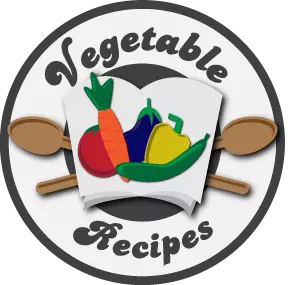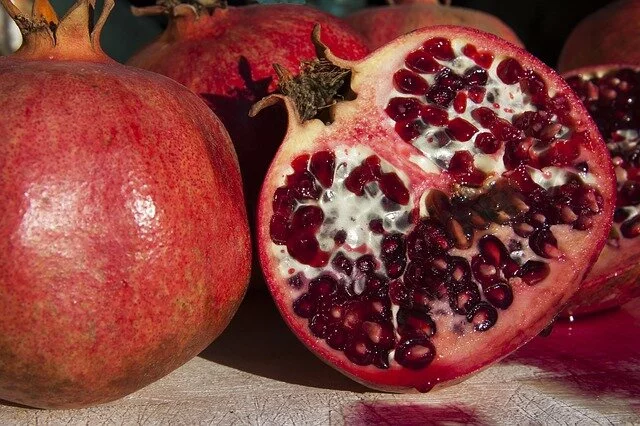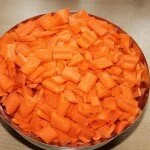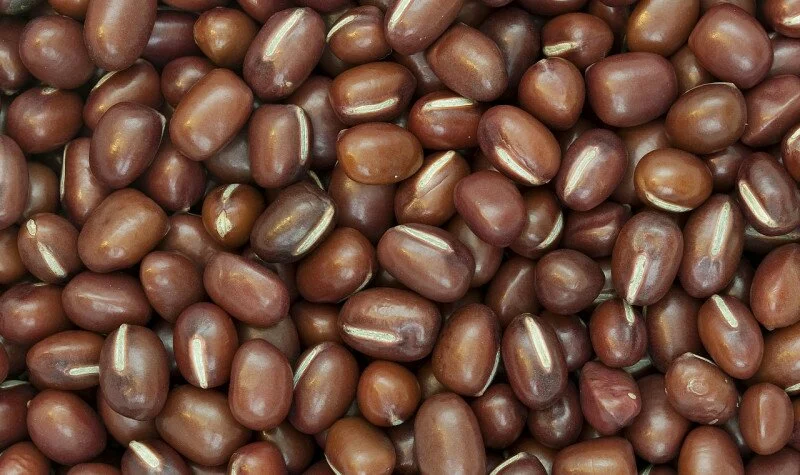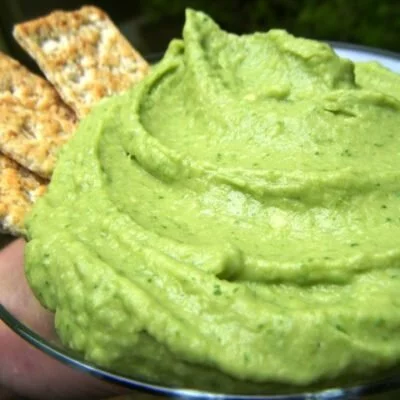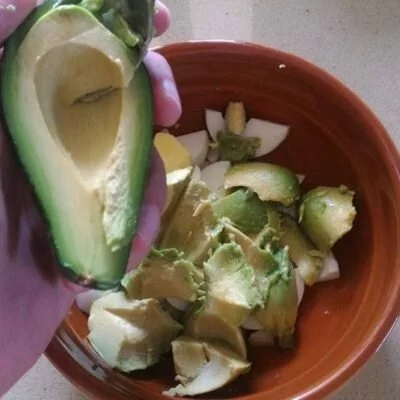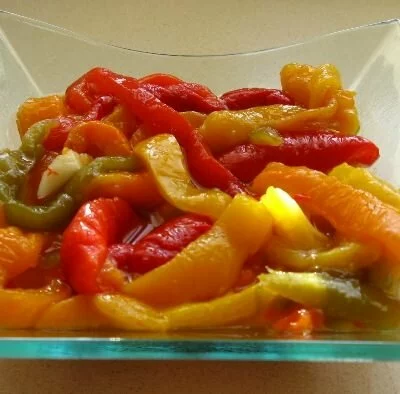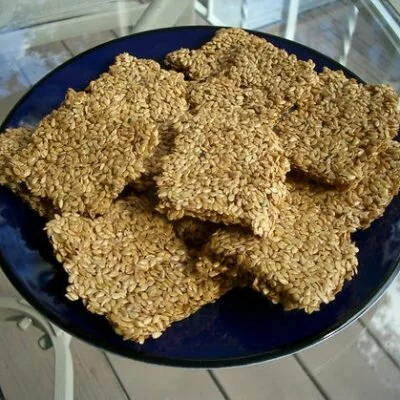There are many mysteries surrounding the world of mushrooms, we eat them and love it, we integrate them in our kitchen but really we do not know a lot about them. One common mistake in our perception is that mushrooms are vegetables.
Mushrooms are not vegetables; they belong to a different and exciting world. Mushrooms are considered as eukaryotic organisms and by less complicated words –they are actually living organisms. Most mushrooms are multi-cellular organisms but there are also mushrooms that consist of only one cell, such as yeast. The mushrooms world is very diverse, and there are evidences of the existence of a hundred thousand species of mushrooms, that can be found in water, air and soil. The range of mushrooms is so large that there is even a separate area in biology dedicated to studying mushrooms called mycology.
Another mistake commonly made about mushrooms, is that they do not contain any nutritional value. This is a huge mistake because the mushroom is one of the healthiest foods we can use in our kitchen. In all kinds of mushrooms we can find capabilities for its healing diseases and various physical conditions. All mushrooms are fat free, cholesterol free, low in sodium and loaded with antibody-oxidants, vitamins, iron, zinc, minerals and all the best.
We all know the Portobello mushroom champignon, and like all other mushrooms they are also loaded with nutritional values and great taste. But you should also know a few other kinds of mushrooms that taste great and your body will be glad to know.
Mai-Taki mushroom
The Mai -Taki Mushroom comes from the East, where thousands of years ago the Japanese were unable to appreciate the virtues and the special taste. This mushroom is known for its ability to restore energy and vitality to the body and therefore called “dancing mushroom”. The Mai-Taki mushroom is known for its ability to prevent the development of cancer cells, maintaining the immune system and maintaining a balanced blood sugar. May-Taki mushroom can be used in sauces for pasta, soups, stews, and more.
Porcini mushrooms
Porcini mushrooms come from Italy, especially from Central Italy, Florence and its surroundings. Porcini mushroom has a strong and intense taste called umami. This mushroom usually comes to us dried form, but soaking them for about 20 minutes in boiling water they return to its fleshy form. Combine porcini mushrooms in a variety of foods, steaming mushroom soup, pizza, meat dishes, sautéed mushrooms with garlic and herb bruschetta and more. Each dish will taste unique and addictive and enrich in antioxidants, antibodies against tumor cells, anti-inflammatory substances, zinc and B vitamins, especially B9 (folic acid).









